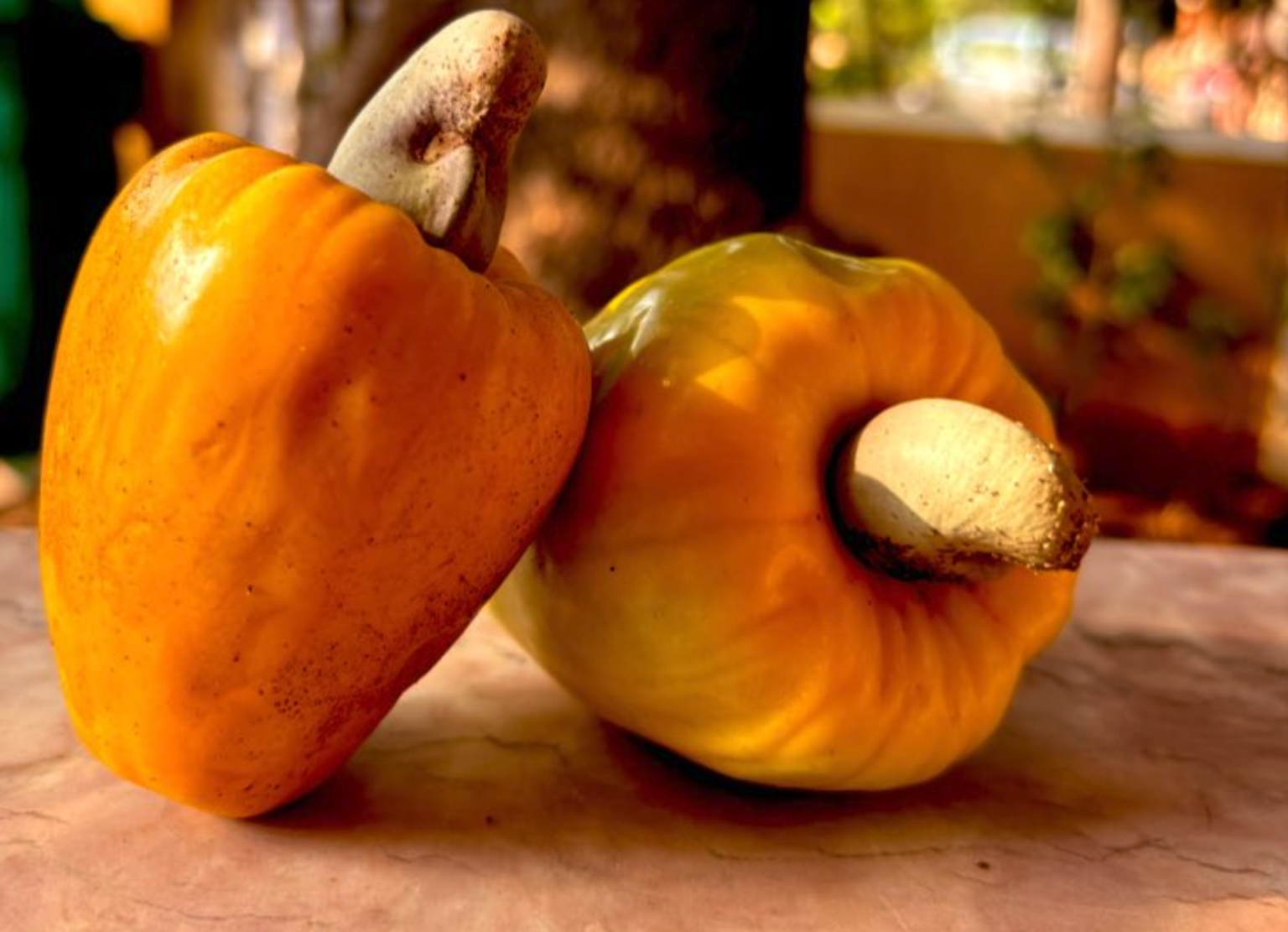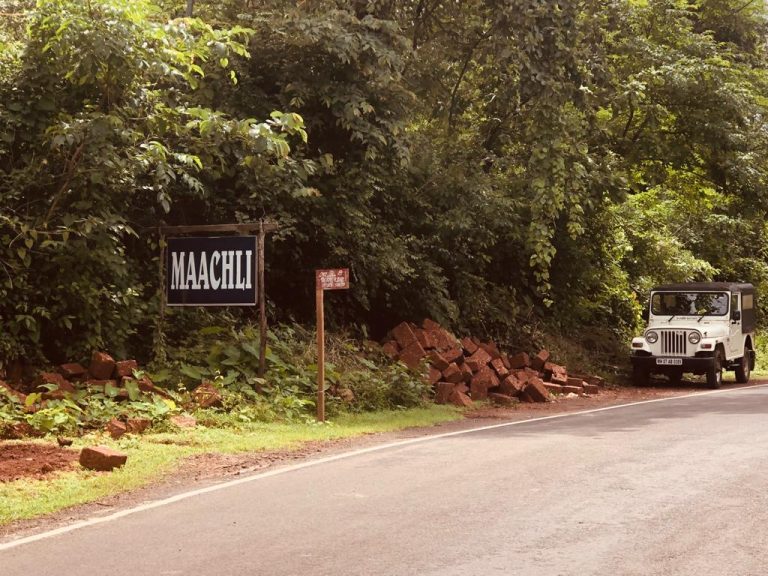When you think of Goa, pristine beaches and vibrant culture may come to mind. But there's another treasure that the region proudly offers—Authentic Goan Cashew Nuts. Known for their rich taste, creamy texture, and unmatched quality, these nuts are more than just a local snack; they represent a centuries-old tradition deeply rooted in the state's soil, culture, and craftsmanship. But what truly makes these cashew nuts authentic? Let’s explore their journey from farm to table and the unique experiences tied to them, including local traditions, historic sites, and cultural festivals.
Grown in the Perfect Climate
The authenticity of Goan cashew nuts begins with the land itself. Goa’s coastal climate, marked by rich red laterite soil, abundant rainfall, and ample sunshine, provides the perfect environment for cashew trees to thrive. These ideal growing conditions allow the nuts to develop a naturally sweet and buttery flavor profile that stands apart from cashews grown in other regions.
Small-scale farmers cultivate most of the cashew plantations in Goa. These farmers often pass down their knowledge and techniques through generations, ensuring traditional methods stay alive. From careful handpicking of cashew apples to the meticulous shelling of the nuts, every step involves human precision rather than mass industrial processing, which helps preserve the original taste and texture.

Traditional Processing Methods
One of the most significant factors behind Authentic Goan Cashew Nuts is the method of processing. Unlike machine-processed nuts that often lose their flavor due to high heat and chemicals, Goan cashews go through manual roasting in traditional drums fueled by firewood. This slow-roasting method keeps the nuts’ flavor intact and gives them their signature crispiness.
After roasting, local workers manually crack open each nut using small hammers and knives. They remove the delicate kernel with great care to avoid damage. Finally, the cashews are sun-dried, graded by size, and packed without artificial preservatives. This artisanal process not only enhances the taste but also boosts the nutritional value of the nuts.
Maachli Sindhudurg: A Farmstay Near the Cashew Heartland
To experience the true essence of Authentic Goan Cashew Nuts, many travelers venture beyond the beaches into the hinterlands. One such hidden gem is Maachli Sindhudurg, a rustic farmstay nestled in the Konkan region near Goa. Surrounded by dense plantations of spices, bananas, and of course, cashew trees, Maachli offers visitors a unique chance to witness the cashew harvest and processing up close.
Here, guests can participate in farm tours, learn about cashew nut grading, and even taste fresh, hand-roasted nuts. The immersive experience not only connects travelers to the farming traditions but also offers a deep appreciation for the effort behind every bite of authentic Goan cashew.

Cashew Festival Goa: A Celebration of Culture and Flavor
Every year, Goa hosts the Cashew Festival, a colorful event that brings together farmers, artisans, food lovers, and tourists to celebrate this beloved nut. The Cashew Festival Goa usually takes place in the summer when the harvest is at its peak. At the festival, local vendors display a wide variety of cashew-based products, from roasted nuts and feni (a local liquor made from cashew apples) to sweets, curries, and baked treats.
The festival also features traditional Goan music, dance performances, culinary competitions, and workshops on cashew processing. For anyone interested in exploring the cultural importance of the cashew nut in Goa, attending this festival is a must. It’s a lively, flavorful celebration that reinforces just how central the cashew nut is to Goa’s identity.
A Sacred Link: Udupi Jain Temple and Cashew Routes
While exploring the authenticity of Goan cashews, one cannot ignore the historical trade routes that helped popularize them. Along these routes lies the Udupi Jain Temple, a place of spiritual significance and cultural heritage. Udupi, known for its historical connections with coastal trade, played a key role in the movement of spices, nuts, and other produce across western India.
Cashew nuts, though not originally native to India, found their home here through Portuguese colonizers. The Jain communities in Udupi and Goa, known for their involvement in trade and vegetarian cuisine, were among the early adopters of cashew cultivation. Today, places like the Udupi Jain Temple stand as reminders of the centuries-old exchanges that enriched Indian culinary traditions, including the introduction and adaptation of cashew nuts.
Health and Culinary Appeal
Authenticity also means purity—and that’s something Authentic Goan Cashew Nuts offer in abundance. Free from artificial additives and full of healthy fats, magnesium, and antioxidants, these cashews are as nutritious as they are tasty. Whether you use them in curries, desserts, trail mixes, or simply enjoy them roasted and salted, they never fail to delight.
Chefs across the world prefer Goan cashews for their size, flavor, and consistency. In Goan cuisine, these nuts appear in classic dishes like cashew pulao, bebinca (a traditional layered dessert), and even in feni-based cocktail recipes.
Conclusion: More Than Just a Nut
In every bite of Authentic Goan Cashew Nuts, you taste not just quality, but heritage. The coastal soil, the traditional methods, the festive spirit of the Cashew Festival Goa, and the cultural echoes of places like Maachli Sindhudurg and Udupi Jain Temple—they all contribute to the nut’s authenticity. If you’re looking for a truly Indian, truly Goan experience, it starts with these humble yet remarkable cashew nuts.


